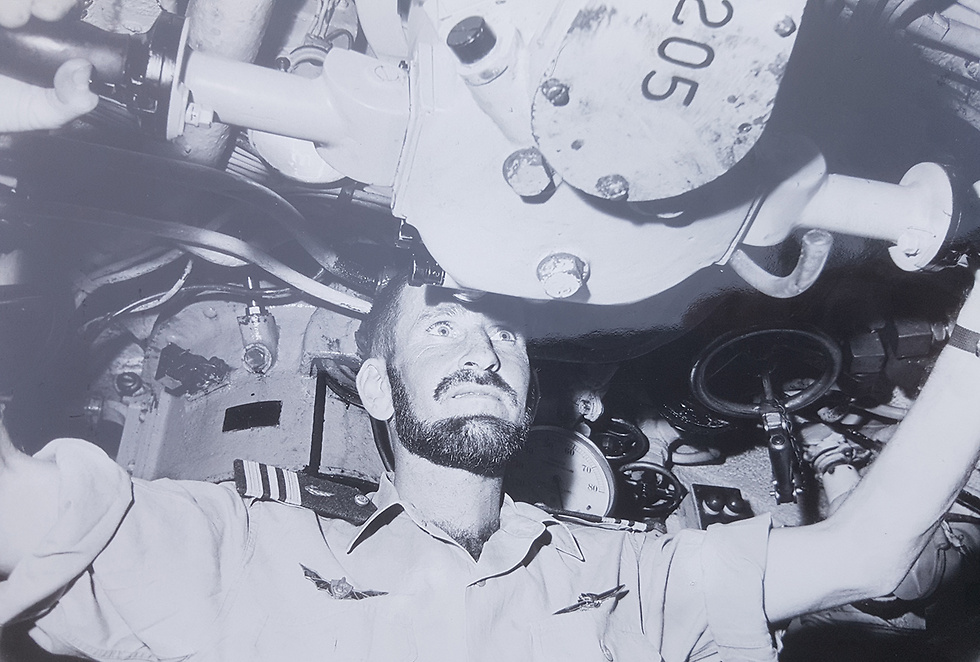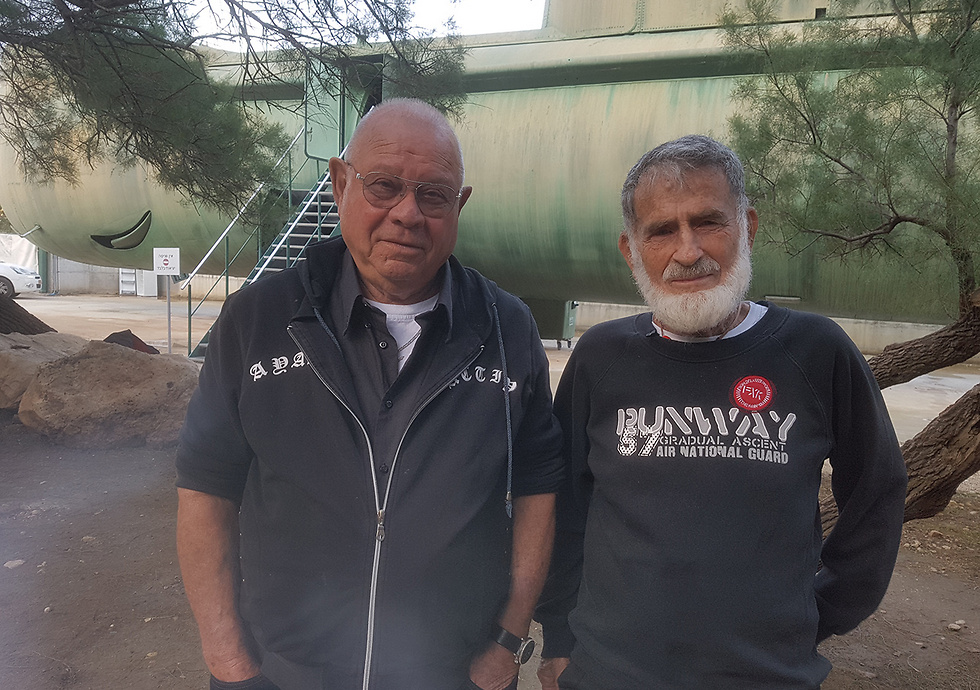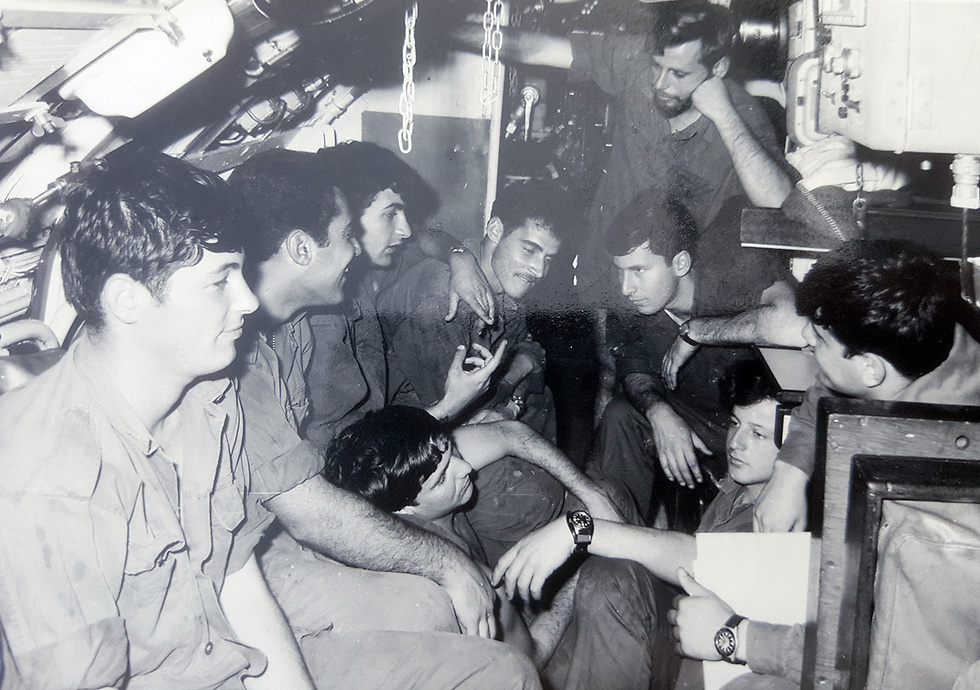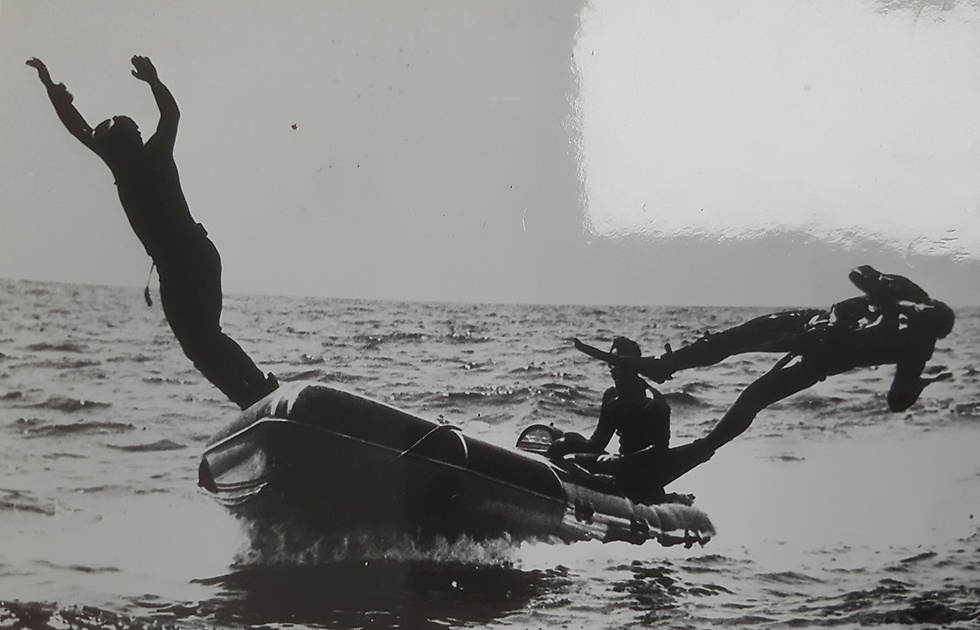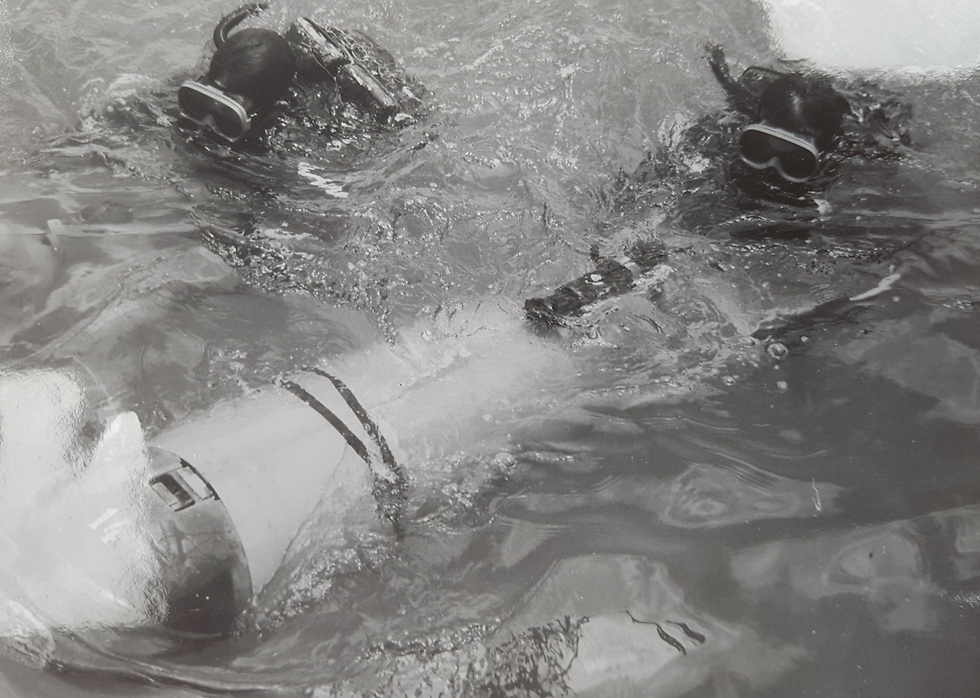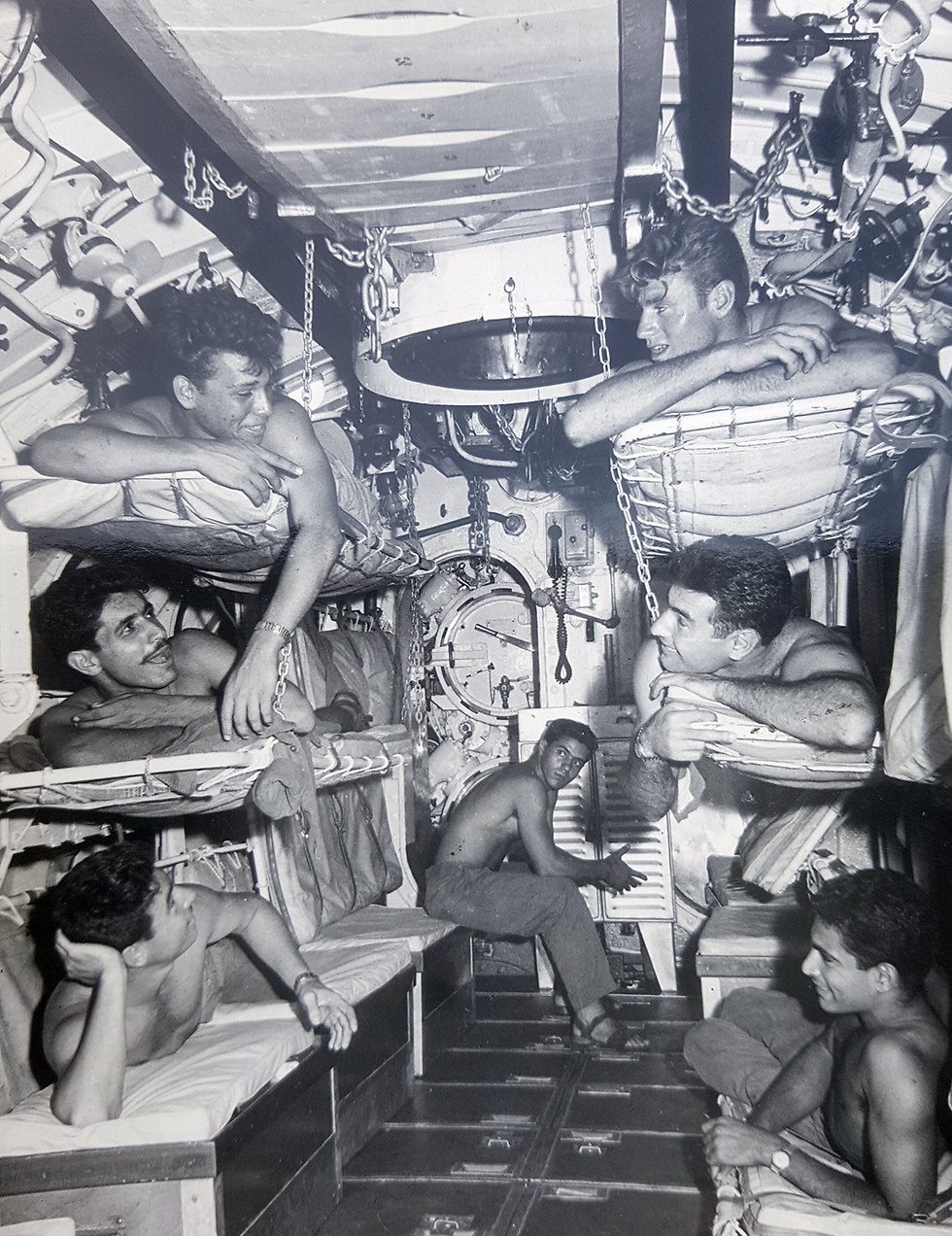
Six-Day War: The Israeli Navy's commandos 'suicide missions'
The commandos of Shayetet 13, the Israeli Navy's special operations unit, were sent deep into enemy territory 50 years ago during the Six-Day War—without maps, intel or sufficient time to safely return; the missions failed, and some were taken into captivity; half a century after the failed operation, the commandos recount the brazen and mishandled missions.
Shayetet 13 ('Flotilla 13'), the Israeli Navy's special operations unit, was sent at the start of the Six-Day War on a daring series of missions deep within enemy territory, which included covert assault on harbors in Syria and Egypt.
Those missions can now retroactively be called suicide missions, as in spite of the soldiers' bravery, the heroic missions failed spectacularly as some of the combatants were even taken captive due to intelligence and navigation errors.
Fifty years later, the commandos meet in the Clandestine Immigration and Naval Museum in Haifa. Even though their average age is above 80, their rough and rugged nature is still clearly apparent.
They joke around at each other's expense, reminisce about the times and the harrowing tortures they suffered in captivity and note that even though the mission failed, it showed the lengths to which the sailors of Shayetet 13 would go to defend their country.
'There was no chance we could make it back'
On June 1, 1967, the Israeli submarine Tanin ("Crocodile") was sent for a sabotage mission in the Egyptian Navy's Alexandria harbor, under the command of Maj. Abraham Dror.
Dror commanded 60 crew members, which included 8 Shayetet 13 commandos and a Navy physician. Dror recounted the long days of waiting for the order to attack spent under the sea in the cramped submarine.
"Whenever we could we would float up to sea level to recharge our electric batteries and to let the commandos practice swimming and stretch their muscles," he recounted.
On June 5, after a long and frustrating wait, the order was given to attack Alexandria harbor. Fifty years after that fateful moment, the submarine's combat unit commander Capt. Eitan Lipschitz recounts the "suicide mission."
"By our calculations, we needed at least nine hours of night to get out of the submarine, covertly enter the harbor and return safely, but it was June, which has the shortest nights all year—we had no chance to make it back in time.
"I decided to keep that information to myself, as to not harm the sailors' morale. I took the waterproof first-aid kit, took out the morphine and put in some cigarettes and matches, so at least I'd have something to smoke before they take me captive and electrocute my balls."
Inside the submarine, Capt. Dror did not know the fate of the combatants he had sent. In spite of the danger to the submarine and its crew, Dror decided to risk it and head back to the rendezvous point near the beach, a heroic act he was later awarded the Medal of Courage for.
Lipschitz and the combatants were caught by the Egyptian Armed Forces and were held captive for seven months, enduring horrible torture throughout their time there. "I went through hell during captivity, but I told them nothing. Not a peep," said Lipschitz.
"We didn't even have a map"
Under the command of Lt. Col. Yitzhak Kat, the INS Yafo ("Jaffa") was sent to attack the Egyptian Port Said. They were set to use manned torpedoes, a type of rideable submarine made to carry two divers and heavy munitions in the form of naval mines.
First Lt. Yitzhak Shamir recounted the day when they received the surprising order to attack the port. "We were sure that we're going to attack Tartus Port in Syria, and suddenly the flotilla commander tells us that we're going to attack Port Said in Egypt. We didn't even have a map of the area.
"Even though the commandos practiced and learned the features of the Syrian port, they were sent on a mission in Egypt with no knowledge of the area."
"All we had was a map from the 1800s"
The INS Noga, commanded by Mahor Ze'ev Ariel, and two commandeered fishing boats were sent up north to attack the Syrian harbors by using a propelled inflatable boat.
Maj. Amnon Ben Zion, who commanded the strike force, said, "I suddenly got a message saying that I'm being sent to Baniyas. I was shocked! We had no intel on it, no maps, no nothing! The only thing we had was a British maritime map with a small sketch of Baniyas from the 1800s."
Despite that, the commandos were not deterred. "I had three inflatable boats. We were guided by the ship, which sailed with us to show us the way. We saw lighthouses on the shore. I wrote their coordinates and features on a cigarette box, which I stashed under my rubber suit so it wouldn't get wet," said Ben Zion.
"We set out towards the shore without even knowing that our navigation was wrong," he added.
'They sent us on a fool's errand'
Due to operational failures, among them the accidental sinking of the USS Liberty, the Navy and its commanders were heavily rattled. Shamir is still upset about the failure of the brazen mission. "There was frustration. Not anger, frustration. We smiled and said, 'Damn, they sent us on a fool's errand!'"
Fifty years after the failed operation, Ben Zion's calm voice is trying to hide his anger at the operation's architects. "As a result of my son's research, who interviewed President Ezer Weizman, who was at the time the head of the Operations Directorate, we found out that no one in the General Staff knew that we were operating in Syria. Nobody knew."
Lipschitz, who was taken into captivity in Egypt and payed a high and terrible price for his commanders' mistakes, doesn't hide his feelings of frustrations, yet still emphasized that as a commando in Shayetet, they were ready to do whatever it took.
"If the Egyptian battleship would have stayed behind the harbor's breakwater, and if we had succeeded in sinking it, then it would have been an amazing success, but we were not so fortunate," Lipschitz summarized.
(Translated & edited by Lior Mor)










